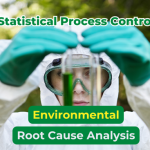
Effectively communicating system redundancy is important because redundancy touches system performance, risk management, disaster recovery, regulatory compliance, and customer & owner confidence. Getting the redundancy communication wrong produces blind spots and surprises. Getting it right produces a well-oiled, predictable machine. This article provides proven tips for effectively communicating system redundancy.
[Read more…]












